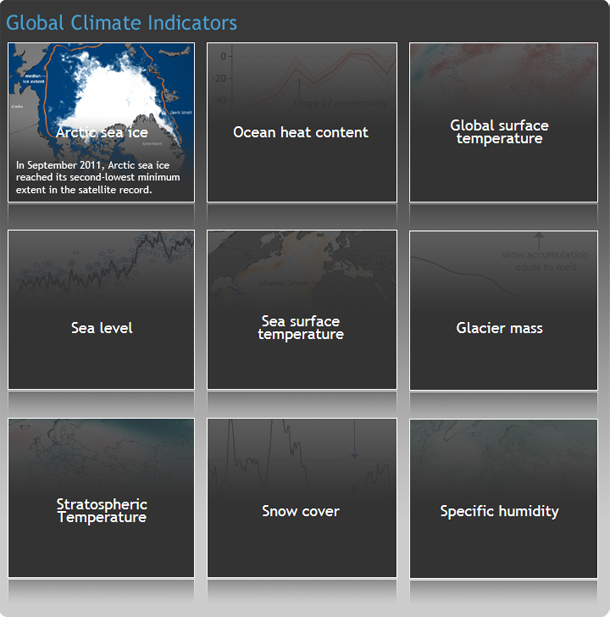
Image highlights form the 2011 State of the Climate report.
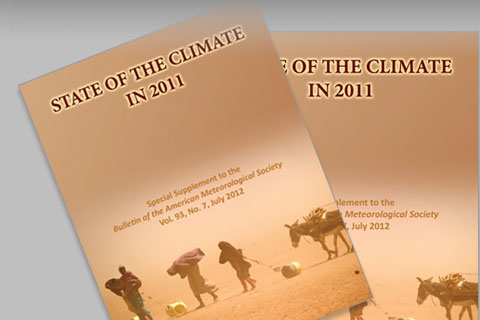
2011 State of the Climate Report editor Jessica Blunden talks about the process of creating and editing the report.
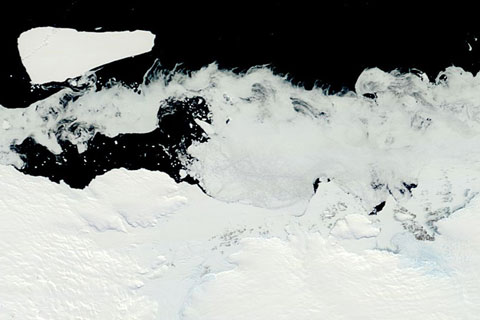
In the Arctic, an ocean is surrounded by continents, while Antarctica is continent surrounded by oceans. These differences in the arrangement of land and water contribute to differences in each polar region’s climate, oceanic and atmospheric circulation patterns, and seasonal and long-term sea ice patterns.

Starting in July, when you hear that a day was hotter, or colder, or rainier than normal, that normal will be a little different from what it was in the past.
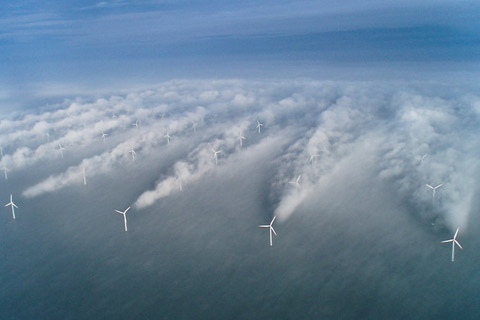
Normally invisible, wind turbine wakes come to life over the ocean, fascinating scientists who study winds in the lower atmosphere.
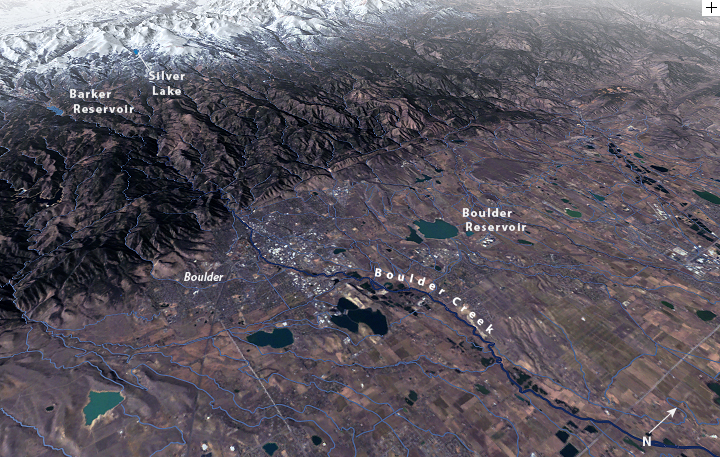
For decades, the City of Boulder, Colorado, has been successfully managing its water supply despite the challenges of being located in a semi-arid climate. But a local water manager wonders if climate change will change the rules of the game...
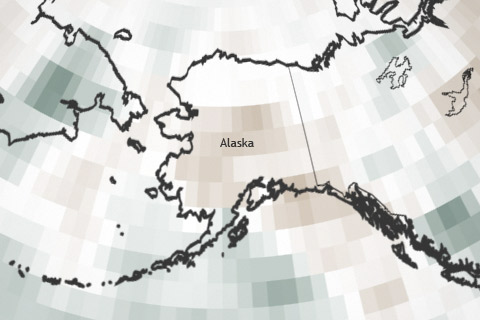
All but a handful of weather stations across Alaska reported well below-normal precipitation in May 2011, placing that month in a statistical tie with May 1974 as the driest May since records began in 1918.

As of 2022, the warming effect of long-lived greenhouse gases in Earth's atmosphere had increased by 49% compared to 1990. Relative to pre-industrial times, today's atmosphere absorbs more than 3 extra watts of energy per square meter.
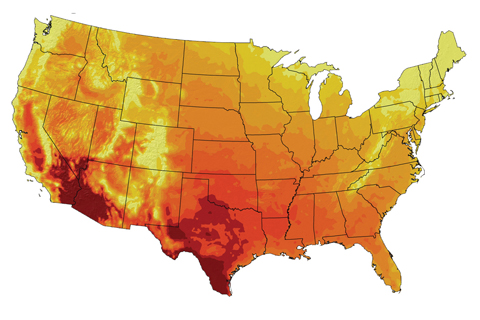
Climate models project that 100-degree days will become more numerous and widespread by the end of the century if greenhouse gas emissions continue to rise.

Above-average sea surface temperatures, a natural cycle of increased hurricane activity, and a fading La Nina have influenced the 2011 Atlantic hurricane outlook.